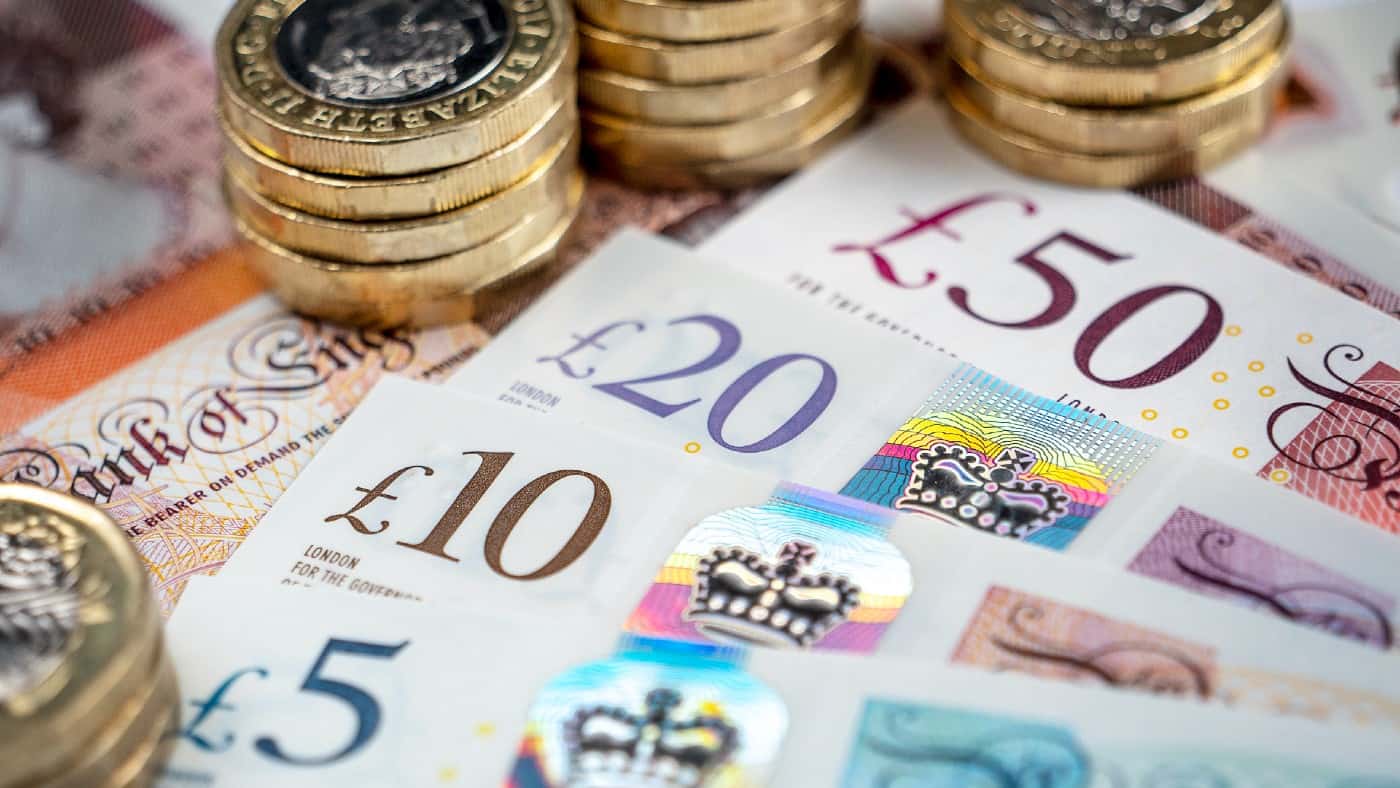
Image source: Getty Images
The concept of putting money into proven businesses that pay dividends to shareholders is not as new as some other passive income ideas. But over centuries, it has proven to be potentially very lucrative.
As an approach, a few factors help determine how successful it is likely to be. Here are three of them.
1. Investing more can earn more
We normally talk about dividends in two ways: as an amount per share and in terms of yield. Yield is the annual dividends received, expressed as a percentage of what the investor pays for the shares.
I will dig into that in a moment. But before getting into details, one thing stands out: all other things being equal, there is a direct relationship between how much we invest in shares and how much passive income we earn.
So, versus £1,000 invested, £10,000 invested in exactly the same way should earn 10 times as much. An investment of £100,000 ought to earn 100 times as much, and so on.
Each investor has their own financial circumstances and those can change over time, but the broad principle applies: how much you hope to get out partly depends on how much you put in.
2. Yield matters – but so does the quality of the yield
Another important factor is the one I mentioned: dividend yield.
For example, at a 3.3% yield (the current FTSE 100 average), a £20,000 ISA would hopefully generate £660 per year in passive income. At a 5% yield, that would rise to £1,000, while an 8% yield could mean £1,600 in passive income annually.
It can be tempting to think, based on that, that an easy way to earn juicy passive income streams is to focus on high-yield shares.
But dividends are never guaranteed. Sometimes a high yield can last, but sometimes the dividend is cut and the yield falls perhaps even to zero. Actually, that can happen to a yield of any size, but a high one can be a red flag that investors are expecting a dividend cut.
One share in my portfolio illustrates this dilemma, I think. B&M European Value Retail (LSE: BME) has a dividend yield of 6.8%.
That partly reflects its share price crash: it is down 38% so far this year and recently hit an all-time low.
On one hand, B&M has a proven business model, is profitable, and could benefit from a weak economy leading shoppers to tighten their belts and consider shopping at the discount retailer.
Yet, if things are so promising, why the share price fall? Selling for seven times earnings, B&M now looks like a possible bargain – or value trap.
One risk is weak consumer goods sales. If B&M cannot compete on such a core product area, it could suggest its broader offer may lose appeal with shoppers. That could lead to falling sales and profits.
However, I plan to hang onto this share for the long term.
3. Managing costs
A third factor in determining passive income involves how someone invests. Within the annual contribution allowance, a Stocks and Shares ISA could help. There are many options available and choosing the right one can influence how much gets eaten up in fees and commissions.
The same applies outside of an ISA, for example in a share-dealing account or app.
Please note that tax treatment depends on the individual circumstances of each client and may be subject to change in future. The content in this article is provided for information purposes only. It is not intended to be, neither does it constitute, any form of tax advice. Readers are responsible for carrying out their own due diligence and for obtaining professional advice before making any investment decisions.









